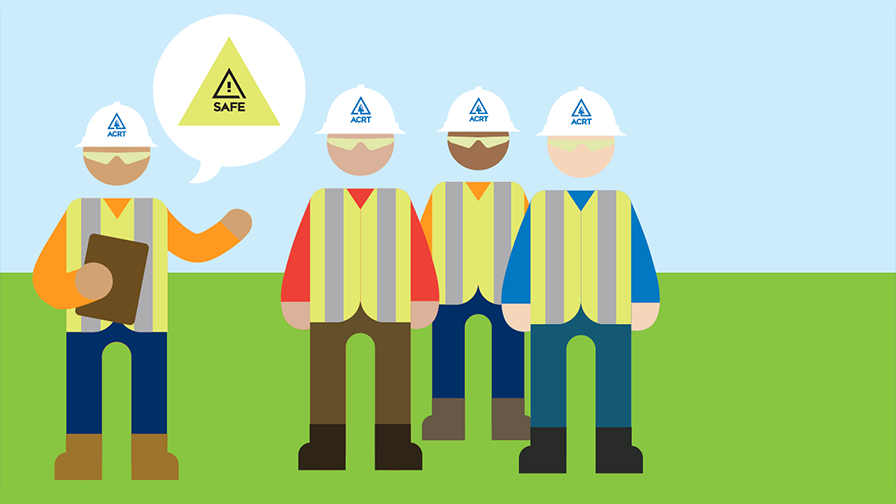Slips, trips and falls together represent one of the most frequent causes of injury at work and at home. Falls alone comprise a large percentage of work-related injuries and an increasing proportion of accidental deaths in later life. Since we have little or no control over our reflex actions when we fall, it’s wise to be aware of objects and conditions that cause falls.
Uneven Terrain
Uneven terrain can be dangerous due to areas with severe slope, holes, tree roots or rocks in your path. Twisted ankles and knees are the price to be paid for not keeping a sharp eye out while on uneven terrain.
- There’s one primary tip that can help: Keep an eye on the ground. This sounds overly simplistic but foresters who are cautious about their foot placement will likely avoid ankle and knee injuries.
- When walking downhill/downslope, walk perpendicular to the hill, taking shorter strides and going slowly while remaining cautious of obstacles.
- Watch for the “step and fall.” This occurs when the front foot lands on a surface lower than expected, like stepping into a hole or when stepping onto an object, turning the ankle.
- Hiking sticks can also help provide stability on hills, relieve stress on the back, knees and legs, help move aside brush and branches, and help test unknown ground before walking.
Weather Conditions
Many injuries are the result of falls on ice-covered or slippery ground, streets and sidewalks.
- Be sure your boots have adequate tread and the soles aren’t worn. Shoes that have smooth surfaces increase the risk of slipping.
- Walk cautiously on wet or frozen areas. Use your arms to keep you balanced, and avoid carrying heavy loads that challenge your sense of balance.
- Walk consciously. If icy conditions exist, use boot cleats, chains or traction-enhancing shoe gear. They slip on and off easily and allow you to walk safely on ice, wet leaves, mud and snow.
![Avoiding Slips, Trips and Falls Outdoors [Infographic]](https://acrt.com/wp-content/uploads/2018/02/avoid-falls.jpg)




